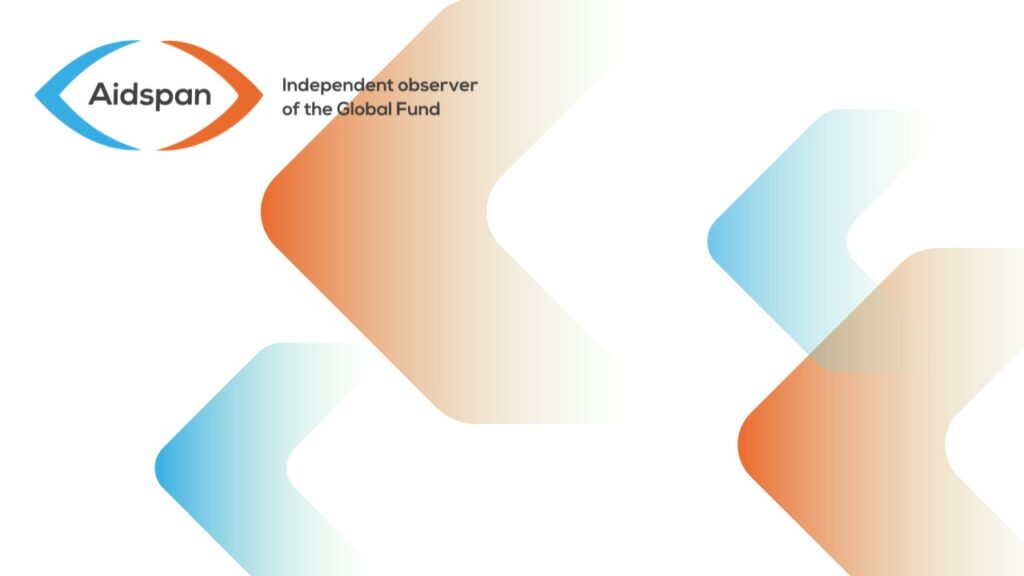
GFO Issue 107, Article Number: 5
N/A
ABSTRACT
ABSTRACT
The Fund's Price & Quality Reporting System is a web-based database system which tracks information about the prices and quality of health products procured with money from the Fund. Tests by Aidspan reveal some shortcomings.
In February 2009, the Global Fund introduced the Price & Quality Reporting System (PQR), a web-based database system which tracks information about the prices and quality of health products procured with money from the Fund. Tests by Aidspan, publisher of GFO, reveal some shortcomings with the system.
The PQR can be accessed at http://pqr.theglobalfund.org. It replaces the former Price Reporting Mechanism (PRM).
The PQR aims to provide information that will help principal recipients (PRs) to negotiate competitive price and delivery conditions; enable donors to know how money disbursed by the Global Fund for heath products has been spent; identify whether money from the Fund is spent on quality assured products; enable monitoring of the performance of suppliers; and more.
The PQR is intended to be used by PRs, Local Fund Agents (LFAs), Global Fund Secretariat staff, Global Fund partners and the general public.
Under their Grant Agreements, PRs are required to enter certain procurement information in the PQR, and the Fund says that it will not disburse funds to PRs who have not carried out this data entry.
Information must be entered on the purchase and quality of antiretroviral drugs (ARVs), artemisinin-based combination therapy (ACT), tuberculosis medicines, bednets, condoms and rapid diagnostics kits.
LFAs are required to verify the data entered by PRs. The LFA checks each invoice after it is entered in the PQR database, and also verifies the completeness of PQR data when it reviews each disbursement request from the PR.
In order to enter data in the system, PRs and LFAs require a user name and password. However, the reports produced by the system can be viewed by anyone. Any visitor to the website is supposed to be able to generate the following reports:
- "Supplier list": This lists, for each supplier that has been entered in the system, the supplier name, supplier type, and contact details. The user can, for example, generate a report showing all suppliers in a particular country.
- "Manufacturer list": This is similar, but deals with manufacturers rather than suppliers.
- "Product Catalogue": This lists, for each product that has been entered in the system, the product name, generic name, brand name, product category, manufacturer, manufacturer country, and the mean, median, highest and lowest price at which the product has been purchased by users of the system. The user can, for example, generate a report showing the range of prices paid for each product supplied by a particular manufacturer.
- "Spend Report": This lists the total amount that has been spent by month on all products combined, by country and grant.
- "Full PQR Report" (referred to in the manual as "Purchase Price Report"): This provides all available information on every purchase that has been entered into the system. The user can restrict the report by region, country, grant number, purchasing organisation, therapeutic category, generic name, display name or manufacturer, and various combinations thereof.
Aidspan was unable to assess how easy it is to enter data in the PQR system because only PRs and LFAs are provided with the appropriate access. There is a user manual and a "quick guide" on the PQR home page explaining how to do data entry.
Aidspan tested the PQR reporting system on 28 September, with the following findings:
- Attempts to run the Supplier List, Manufacturer List and Spend Report were successful.
- Attempts to run the "View All" option of the Product Catalogue report led to the browser freezing.
- Attempts to run the Full PQR report produced an error message and no data.
In light of these problems, it is not yet possible to determine the usefulness of PQR reports. The Global Fund Secretariat has acknowledged the problems, and has stated that an updated version of the PQR system, with some new and updated reports, is scheduled for release on October 23.
- "Supplier list": This lists, for each supplier that has been entered in the system, the supplier name, supplier type, and contact details. The user can, for example, generate a report showing all suppliers in a particular country.
- "Manufacturer list": This is similar, but deals with manufacturers rather than suppliers.
- "Product Catalogue": This lists, for each product that has been entered in the system, the product name, generic name, brand name, product category, manufacturer, manufacturer country, and the mean, median, highest and lowest price at which the product has been purchased by users of the system. The user can, for example, generate a report showing the range of prices paid for each product supplied by a particular manufacturer.
- "Spend Report": This lists the total amount that has been spent by month on all products combined, by country and grant.
- "Full PQR Report" (referred to in the manual as "Purchase Price Report"): This provides all available information on every purchase that has been entered into the system. The user can restrict the report by region, country, grant number, purchasing organisation, therapeutic category, generic name, display name or manufacturer, and various combinations thereof.
- Attempts to run the Supplier List, Manufacturer List and Spend Report were successful.
- Attempts to run the "View All" option of the Product Catalogue report led to the browser freezing.
- Attempts to run the Full PQR report produced an error message and no data.
